WHY YOUR OVERHEAD PRESS SUCKS

Hi guys! I’m Mai-Linh Dovan, certified athletic therapist, and founder of Rehab-U Movement & Performance Therapy. Welcome back to our YouTube channel. Today, we’re delving into a topic that might resonate with many of you – the overhead press. If you’ve been struggling with your overhead press, feeling weak, or looking like a banana under the bar, this video is tailored just for you.
But before we get into it, don’t forget to subscribe to our channel to stay updated on all thing’s fitness. Now, let’s dissect the nuances of the overhead press, starting with some fundamental technical elements.
MAKE SURE TO WATCH THE FULL VIDEO TO GET ALL THE DETAILS 👇
Proper Barbell Overhead Press Execution: The Basics
When executing a barbell overhead press, maintaining a vertical bar path is crucial. However, achieving this requires strategic use of the body. Our demonstration with Pierre-Luc emphasizes the importance of pushing the hips slightly forward during the press. This technique ensures a more vertical bar path without placing unnecessary stress on the shoulder joints.
Now, let’s address two common technical flaws in the overhead press that often go unnoticed but can significantly impact your performance.
ARE YOU PASSIONATE ABOUT TRAINING AND WANT A CAREER IN THE FIELD?
>> YES, I WANT TO BECOME A PERSONAL TRAINER
Overarching Low Back: Z Press Variation
An overarched low back can stem from a lack of thoracic extension strength. To combat this, we introduce the Z Press or tall sitting barbell press. In this variation, Pierre-Luc maintains a straight upper back while seated. If needed, slight knee flexion is acceptable. This exercise emphasizes thoracic extension, promoting proper positioning and preventing hyperextension of the lumbar spine.
Lack of Lower Body Tension: Half-Kneeling Variation
The second mistake involves insufficient tension in the lower body, resulting in knees buckling or flexing. To address this, we start with a basic variation – the half-kneeling barbell press. This position compels the individual to activate the lower body by pushing into the ground during the press. It serves as a foundational step in building awareness of lower body engagement.
Progressive Variations for Effective Overhead Press
To further refine your overhead press, we introduce progressive variations that address these technical flaws:
Tall Kneeling Press: Ideal for individuals with hamstring tension, this variation ensures proper alignment of knees, hips, and shoulders.
Resisted Hip Press: Adding resistance around the hips promotes lower body engagement, helping individuals push the hips forward without flexing the knees.
Remember, the overhead press is a full-body exercise, and these variations aim to optimize your setup and execution for maximum efficiency. By addressing an over arched low back and/or lack of lower body tension, you’ll pave the way for a more powerful overhead press.




Responses